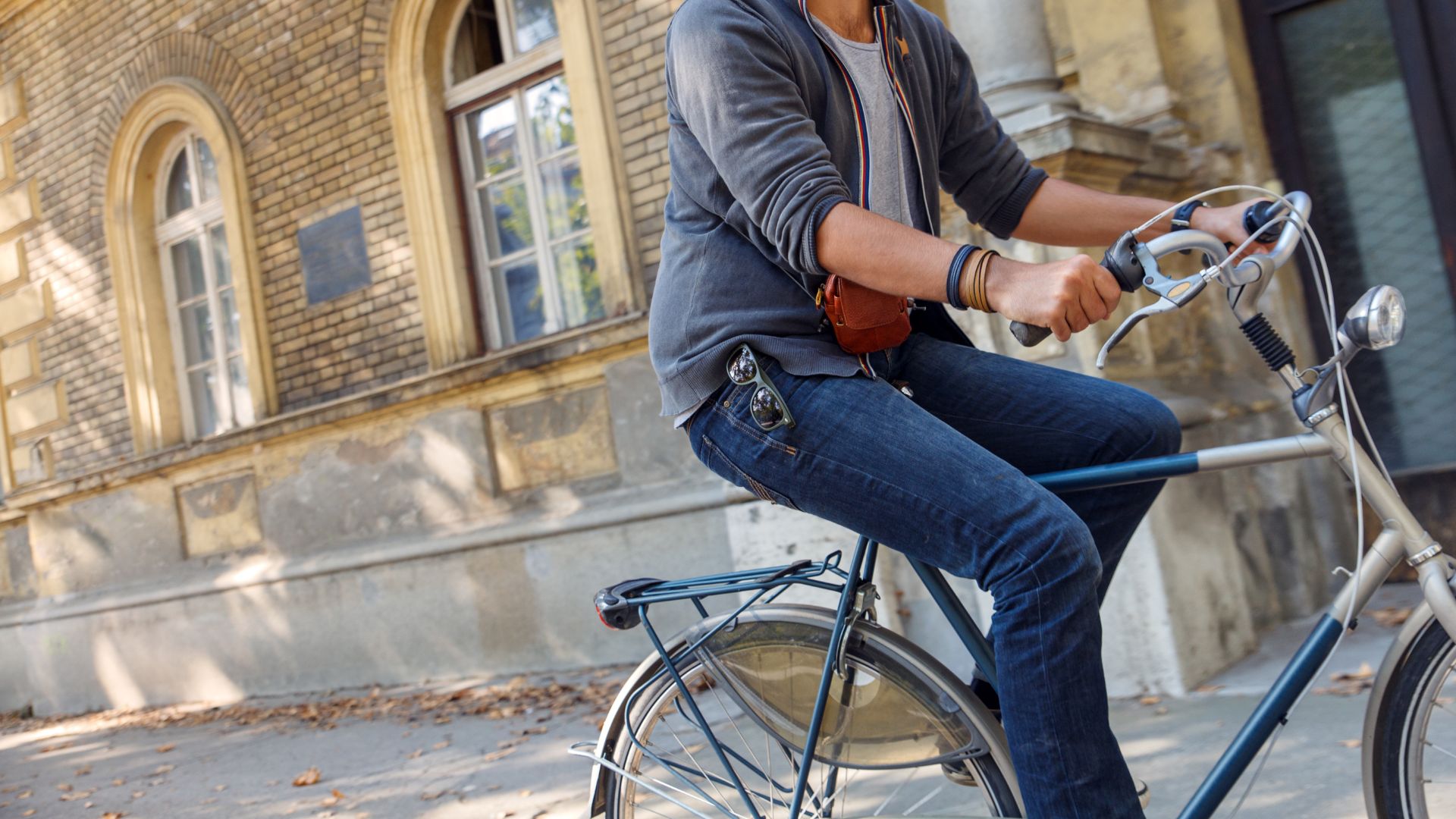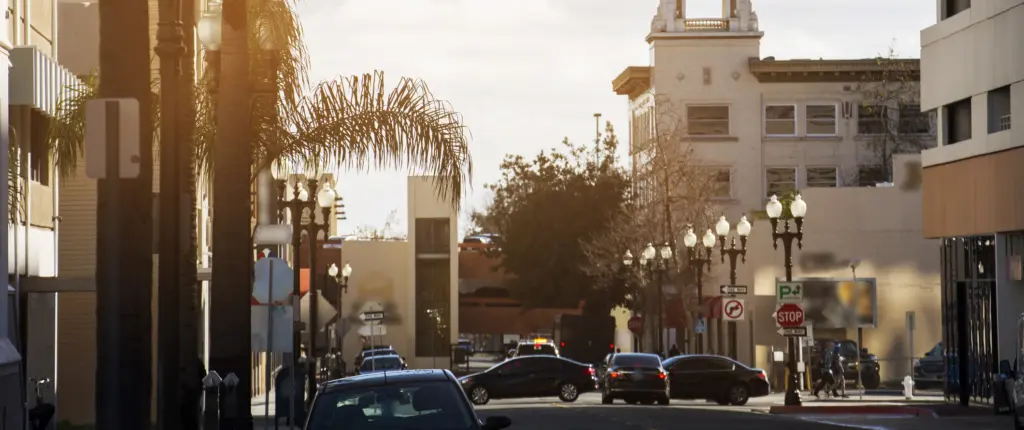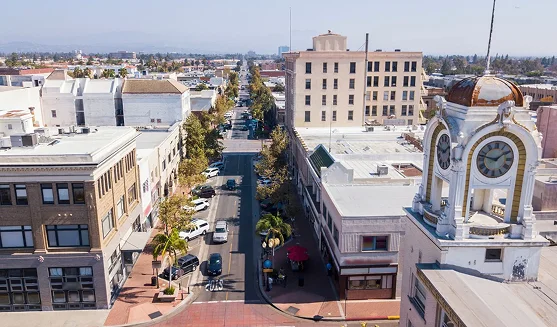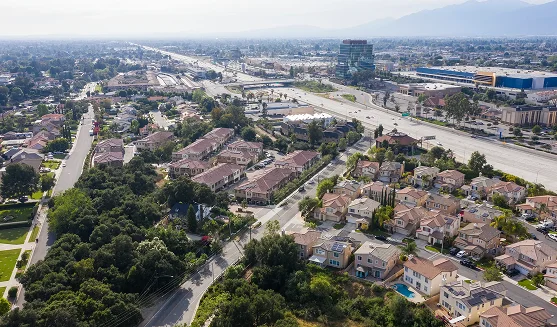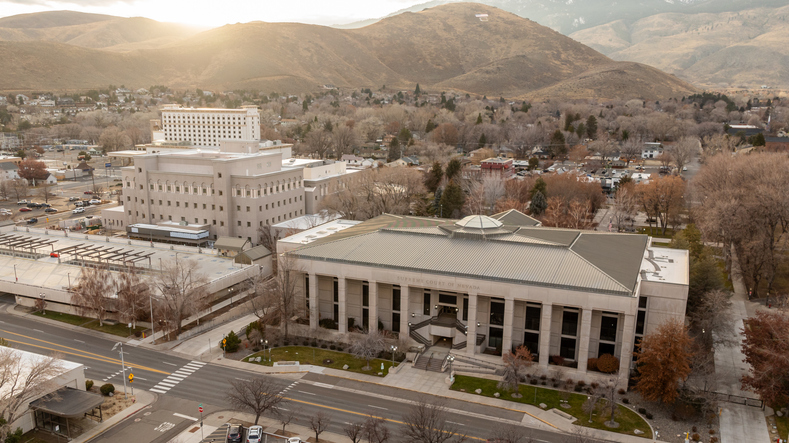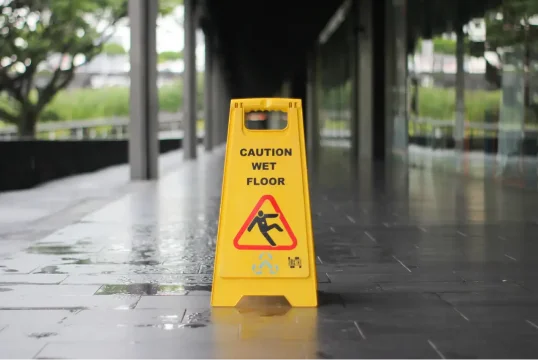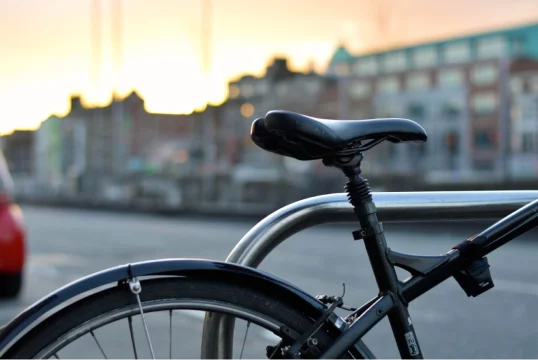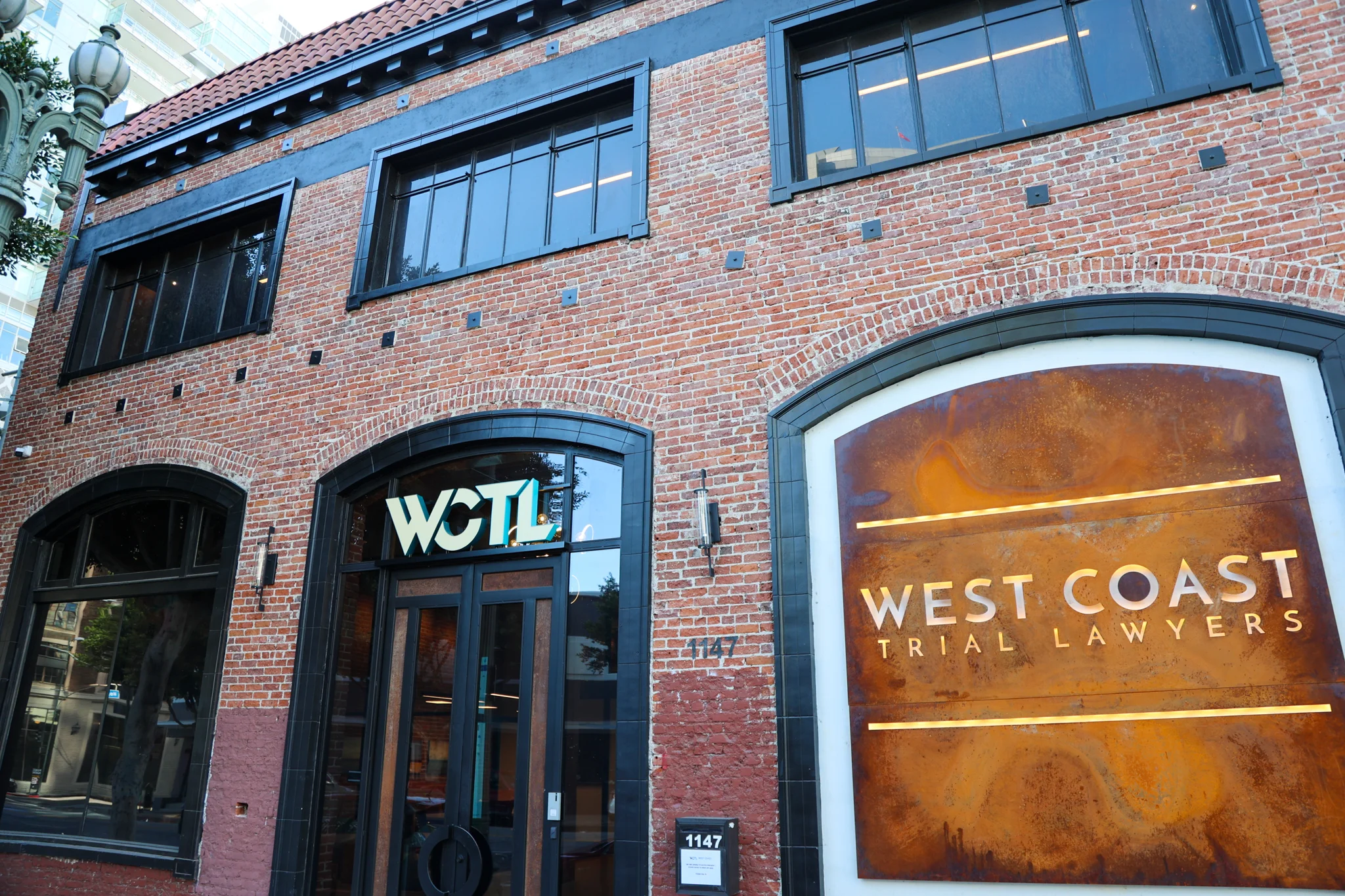As cycling gains popularity in California, questions about where cyclists can legally ride—especially on sidewalks—are very common. The answer varies based on local laws and area types. Our 2024 update breaks down current California legal codes and ordinances, giving cyclists a clear and practical guide to what they need to know.
What Are California’s Bicycle Laws?
Under California Vehicle Code Section 21200, cyclists are generally given the same rights and responsibilities as motor vehicle drivers when operating on the road. However, when it comes to riding on sidewalks, the state does not have a uniform law that applies across all municipalities. Instead, the legality of sidewalk cycling is left to local jurisdictions, creating a confusing mix of rules that change from one city to the next
Local Ordinances and Sidewalk Cycling
Because California allows local governments to set their own rules regarding sidewalk cycling, the legality of this practice can change depending on where you are in the state. For instance, some cities permit cyclists to ride on sidewalks in residential areas but prohibit it in business districts where pedestrian traffic is higher. Other cities may ban sidewalk cycling altogether or impose age restrictions, allowing only children under a certain age to ride on sidewalks.
We strongly recommend that cyclists get to know the local rules in the areas where they plan to ride. Not knowing the law won’t protect you, and breaking these rules can lead to fines or other penalties
Why Do Some Cities Prohibit Sidewalk Cycling?
The primary reason some cities prohibit cycling on sidewalks is pedestrian safety. Sidewalks are designed for foot traffic, and the presence of bicycles can create hazardous conditions, especially in congested areas. Pedestrians may not expect a fast-moving cyclist to be sharing the sidewalk, increasing the risk of collisions. Additionally, cyclists themselves may be at risk when riding on sidewalks, particularly when crossing driveways or intersections where they are less visible to motorists.
In business districts, the mix of cyclists, pedestrians, and vehicles can be dangerous. For this reason, many cities with high foot traffic in commercial areas choose to ban sidewalk cycling in these zones.
California Cities with Specific Sidewalk Cycling Laws
Given the differences in local laws, it is important to know the regulations in specific California cities:
Los Angeles
In Los Angeles, sidewalk cycling is generally allowed as long as cyclists do not ride with “a willful or wanton disregard for the safety of persons or property.” This means that while you can ride on the sidewalk, you must do so cautiously and yield to pedestrians at all times.
San Francisco
San Francisco has a stricter approach, prohibiting sidewalk cycling in most areas. The San Francisco Municipal Transportation Agency (SFMTA) enforces this rule in high-density neighborhoods and business districts. However, there are exceptions in some residential areas where cycling on the sidewalk may be permitted.
San Diego
In San Diego, the law is more lenient, generally allowing sidewalk cycling except in designated business districts. The city posts signs where sidewalk cycling is prohibited, so cyclists should remain cautious and adhere to posted regulations.
Sacramento
Sacramento has a mixed approach, where cycling on sidewalks is allowed in some parts of the city but prohibited in others. Cyclists are required to exercise caution and yield to pedestrians when riding on sidewalks.
Long Beach
Long Beach has adopted a cyclist-friendly stance, allowing riding on sidewalks in most areas, provided cyclists give the right of way to pedestrians and operate at a reasonable speed.
Safety Tips for Cycling on Sidewalks
Even in areas where sidewalk cycling is permitted, you should be prioritizing safety. Here are some tips to create a safe and lawful ride:
- Yield to Pedestrians: Always give pedestrians the right of way. Slow down when approaching them and announce your presence by ringing a bell or speaking.
- Ride at a Safe Speed: Sidewalks are not designed for high-speed cycling. Maintain a slower pace so you can stop quickly if needed.
- Be Aware of Driveways: Motorists may not expect cyclists on sidewalks, so be extra cautious when crossing driveways or entering intersections.
- Use Caution in Business Districts: Even if sidewalk cycling is allowed, business districts can be crowded, try using dedicated bike lanes on the road.
- Obey Local Laws: Always check local ordinances before riding on the sidewalk. Some areas may have specific restrictions that you need to follow.
Penalties for Violating Sidewalk Cycling Laws
Cyclists who violate local sidewalk cycling laws may face various penalties, including fines. The amount can vary depending on the city and the specific ordinance that was violated. In some cases, repeat offenders may face higher fines or even have their bicycles impounded. Additionally, causing an accident while illegally riding on a sidewalk can result in civil liability, where the cyclist may be required to compensate the injured party for damages.
West Coast Trial Lawyers Says: Know Before You Ride
Riding a bicycle on the sidewalk in California is a legal gray area that depends largely on local regulations. As a cyclist, it is your responsibility to understand and adhere to the laws in the areas where you ride. By doing so, you can help promote the safety of others while avoiding potential legal consequences.
If you been injured by a cyclist or you or a loved have suffered any injuries from a sidewalk cycling accident contact us today by calling (213) 927-3700 or filling out this contact form.
